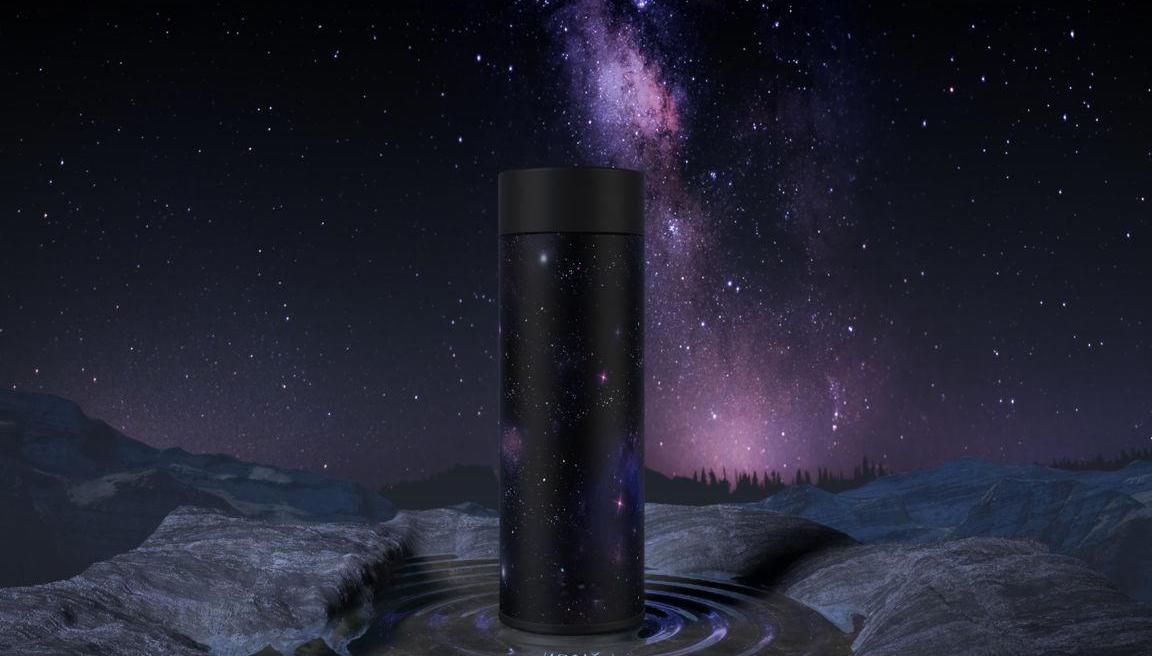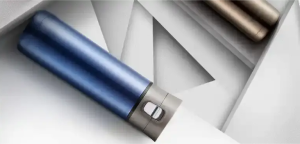Insulated cups can ensure that you can drink water at the appropriate temperature at any time, and are almost used every day. Therefore, even if the price is a little expensive, we should choose high-quality, safe and healthy ones! However, thermos cups come in various styles and materials (such as stainless steel, ceramics, glass, etc.), and most of them advertise themselves as non-toxic and free of heavy metals. In reality, when used, the three major industry problems of rust, scale accumulation, and heavy metal precipitation cannot be solved, and the risk of releasing toxic and harmful substances is high, posing a great threat to human health. Therefore, titanium insulated cups with superior corrosion resistance, scale resistance, and freshness preservation have attracted people’s attention. But there are also inferior products for titanium cups, and random selection can also bring health hazards. How to choose the right one? Is poor quality of thermos cups harmful to the body?
1. Beware of the 5 major drawbacks of thermos cups
Is poor quality of thermos cups harmful to the body? Poor quality products with poor material selection and inadequate technical tuning not only have poor insulation and preservation properties, but also pose risks of spoilage and bacterial growth in beverages. There are also risks of heavy metal precipitation and water pollution, and excessive drinking can cause significant harm to one’s health. The specific disadvantages are as follows, everyone should be vigilant:
(1) Poor quality insulated cups with heavy metal pollution have obvious defects in material selection and production processes, especially in key components such as the inner liner, tea strainer, and cup lid, which contain excessive heavy metal elements such as manganese, lead, chromium, etc. Their corrosion resistance is poor, and when storing acidic and alkaline drinks, the risk of heavy metal precipitation and water pollution is extremely high.
(2) The production process of low-quality insulated cups that emit toxic compounds and have a strong odor is not up to standard. Non food grade rubber, stainless steel, etc. are used, which may release chemicals such as bisphenol A (BPA) in high temperature environments, resulting in a pungent odor and significant health hazards. So when choosing, we should pay extra attention to whether the materials used, such as metal and silicone, are compliant and of high quality. disadvantage
(3) There is a lot of scale and excessive intake of minerals. Poor quality insulated cups made of stainless steel and glass are prone to accumulate scale on the cup walls after prolonged use. This not only makes cleaning difficult, but also can become a breeding ground for bacteria and microorganisms. Additionally, scale contains a large amount of insoluble minerals such as calcium and magnesium, which can be a significant burden on the body if consumed excessively. disadvantage
(4) Is it harmful to the body if the quality of the thermos cup is poor and the taste of the drink is easy to cross? The stainless steel material used in inferior products is poor and not resistant to acid and alkali. When used to pack coffee, juice, and strong tea, it is prone to chemical reactions, resulting in the precipitation of metal ions, giving the drink a rust or metallic smell, and the problem of cross flavor is serious, making it impossible to taste the original flavor.
(5) Poor preservation can easily breed bacteria. Poor quality insulated cups have poor preservation, making it difficult to maintain the temperature and freshness of beverages. Not only do they lose nutrients and reduce their original flavor, but they may also allow microorganisms in the air to enter, increasing food safety hazards. In addition, these products have poor corrosion resistance and are prone to heavy metal precipitation, posing a health hazard.
2. 4 major differences between expensive and cheap thermos cups
Is poor quality of thermos cups harmful to the body? Expensive thermos cups have good insulation and freshness, good beverage flavor, and guaranteed safety and non toxicity. However, cheap thermos cups only bring problems such as heavy metal pollution, which is very harmful.
(1) Different professional technical strengths
Expensive insulated cups not only use superior materials, but also require more investment in technological research and development, including safe inner liner processes and insulation technology, ensuring safety, non toxicity, and strong freshness preservation. However, cheap thermos cups lack professional technical support, have poor material selection, and are prone to releasing toxic and harmful substances, contaminating beverages.
(2) Different levels of safety and non toxicity
The expensive insulated cup is equipped with professional safety and non-toxic technology, and uses food grade silicone and titanium materials to avoid odor and scale accumulation problems. It is also more corrosion-resistant and will not precipitate heavy metals. But cheap products use perfunctory materials, have poor corrosion resistance, and are prone to emitting heavy metals such as chromium and lead, which are harmful to health.
(3) Quality and workmanship vary
Is poor quality of thermos cups harmful to the body? The expensive insulated cup has fine workmanship and strict quality control, and the overall structure is more sturdy and durable. Even if accidentally dropped, it will not be damaged or malfunction, and there will be water leakage and other problems, with a long service life. But cheap thermos cups are prone to breakage and lack insulation, making them disposable items.
(4) Different levels of difficulty in cleaning
The expensive thermos cup is made of high-quality materials, which are not easy to accumulate scale and breed bacteria, making it very convenient to clean. However, the stainless steel material used in cheap insulated cups can accumulate stubborn scale over time, making cleaning difficult. Moreover, the scale contains insoluble minerals, which can cause significant health damage to users if ingested for a long time.








